Grass Fungus Treatment - Learn More About Common Lawn Diseases
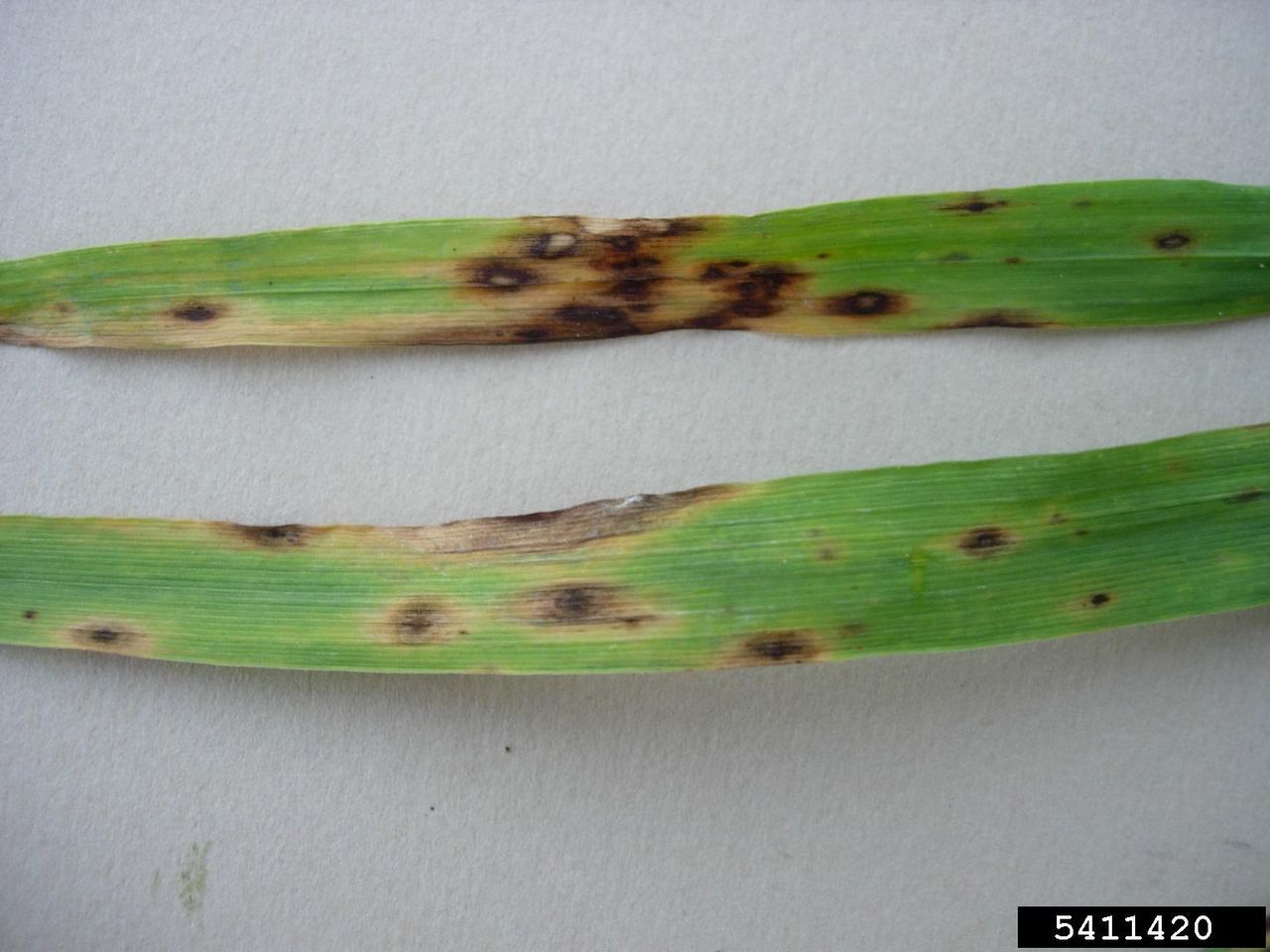

There is nothing more frustrating than watching a well-manicured lawn fall victim to some kind of grass fungus. A lawn disease caused by a fungus of some kind can create unsightly brown patches and can kill large patches of a lawn. You can eliminate lawn fungus once you know what kind of fungus you have. Below is a description and treatment of the three most common lawn fungus problems.
Common Grass Fungus
Leaf Spot
This grass fungus is caused by Bipolaris sorokiniana. It is identified by the purple and brown spots that appear on the grass blades. If left untreated, it can travel down the blade of grass and cause the roots to rot. This will result in a thin looking lawn. Leaf spot grass fungus treatment consists of proper care of the lawn. Mow at the right height and make sure the lawn does not stay wet all the time. Water the lawn only once a week, if it has not rained in your area. Water only in the morning, so that the grass can dry out quickly. Keeping the moisture level down will allow the grass to fight the fungus and eliminate it on its own. If the grass is badly affected, you can use fungicide.
Melting Out
This grass fungus is caused by Drechslera poae. It is frequently associated with leaf spot because a lawn affected by leaf spot will be highly susceptible to melting out. This lawn disease starts out as brown spots on the grass blades that move rapidly down to the crown. Once they reach the crown, the grass will begin to die in small brown patches that will continue to grow in size as the fungus progresses. This disease commonly appears in lawns with major thatch presence. Melting out grass fungus treatment is to dethatch the lawn and apply a grass fungus spray to the lawn as soon as the disease is spotted -- the earlier, the better. Proper lawn care will help prevent this lawn disease from appearing in the first place.
Necrotic Ring Spot
This grass fungus is caused by Leptosphaeria korrae. This fungus is most likely to appear in the spring or fall. The lawn will start to get reddish brown rings and you will be able to see black “threads” on the crown of the grass. Necrotic ring spot grass fungus treatment is to dethatch the lawn vigorously. As with melting out, the thatch is how the fungus spreads. You can try adding a fungicide as well, but it will not help without dethatching regularly. Also, lower the amount of nitrogen fertilizer that you give the lawn. Even with dethatching and proper care, it may take up to two years for this lawn disease to come under control.
Gardening tips, videos, info and more delivered right to your inbox!
Sign up for the Gardening Know How newsletter today and receive a free copy of our e-book "How to Grow Delicious Tomatoes".

Heather Rhoades founded Gardening Know How in 2007. She holds degrees from Cleveland State University and Northern Kentucky University. She is an avid gardener with a passion for community, and is a recipient of the Master Gardeners of Ohio Lifetime Achievement Award.
-
 7 Vegetables To Plant In April: Start Indoors Or Outside For A Bumper Summer Harvest
7 Vegetables To Plant In April: Start Indoors Or Outside For A Bumper Summer HarvestAchieve your growing ambitions with these best vegetables to plant in April – including cold-hardy crops to sow direct and tender varieties to start indoors
By Mary Ellen Ellis
-
 Cut Flower Garden For Beginners: 8 Easy Decorative Floral Plants For Newbies To Grow
Cut Flower Garden For Beginners: 8 Easy Decorative Floral Plants For Newbies To GrowAre you new to growing decorative florals for bouquets and ornamental displays? A cut flower garden for beginners is well within reach if you grow these flower seeds
By Tonya Barnett
-
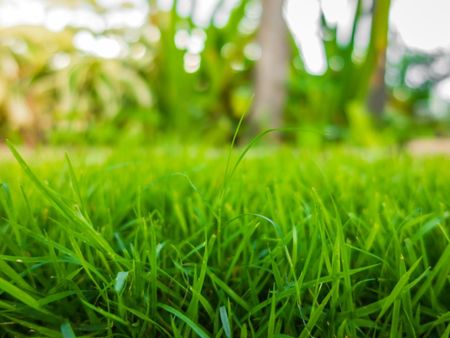 Sustainable Turf Species For A Greener Lawn
Sustainable Turf Species For A Greener LawnClick here for some of the most sustainable types of turf grass you can grow for an eco-friendly lawn.
By Bonnie L. Grant
-
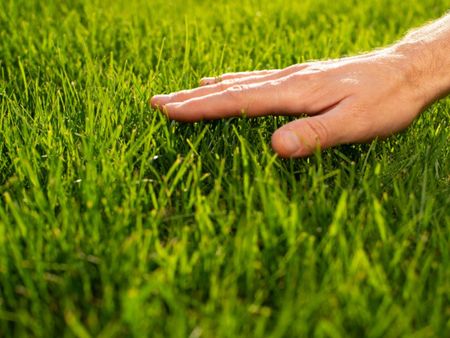 How To Grow A Sustainable Lawn
How To Grow A Sustainable LawnAdjust your thinking about a perfect green lawn and consider more sustainable methods. Click here to learn how.
By Mary Ellen Ellis
-
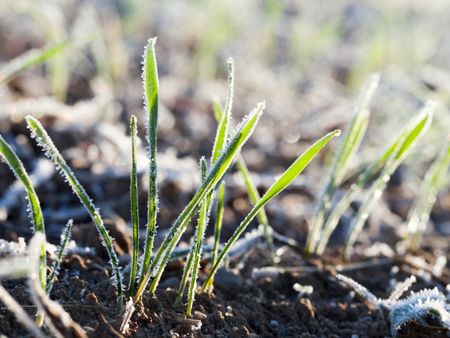 Will Frost Kill Grass Seed And How To Help New Turf Survive
Will Frost Kill Grass Seed And How To Help New Turf SurviveLearn how to help your newly sown grass survive frost and freezing weather.
By Amy Grant
-
 Lawn Problems That Aren’t Really Problems
Lawn Problems That Aren’t Really ProblemsYour lawn may not require as much work as you think. Learn which common problems aren’t really problems.
By Teo Spengler
-
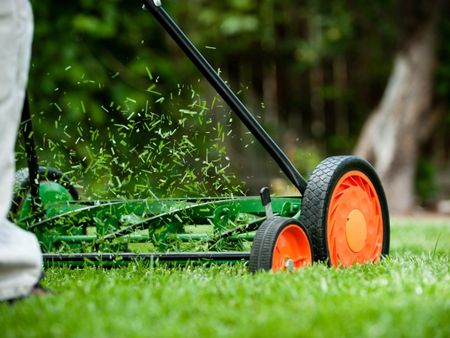 Why A Manual Push Mower Is Good For You And The Environment
Why A Manual Push Mower Is Good For You And The EnvironmentReel mowers are making a comeback, but why? Click here to learn about reel mower pros and cons.
By Amy Grant
-
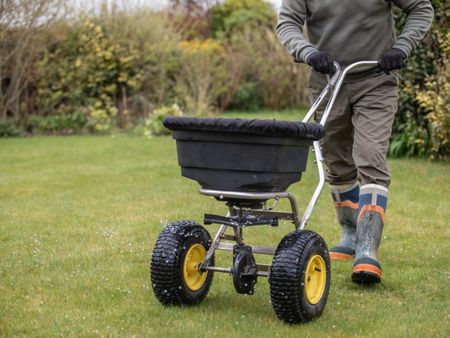 Fertilize Grass In Fall For A Lush Lawn In Spring
Fertilize Grass In Fall For A Lush Lawn In SpringFor everything you need to know about fertilizing your lawn in the fall, click here.
By Susan Albert
-
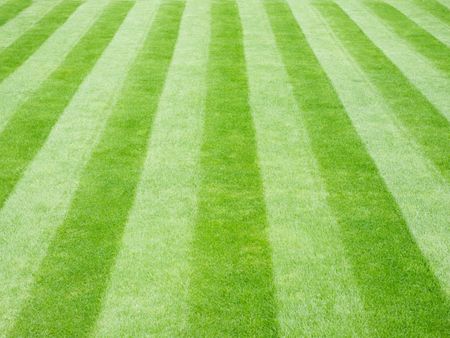 Tips For Mowing Stripes In Lawn
Tips For Mowing Stripes In LawnWouldn’t it be great to have stripes in your lawn like a sports field? Learn how here.
By Susan Albert
-
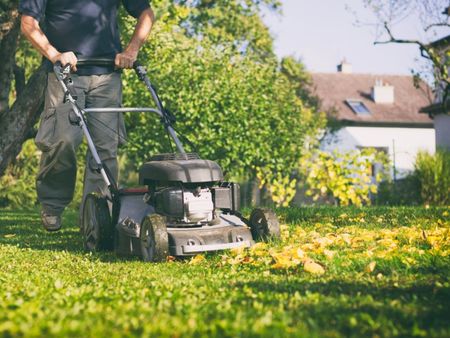 Late Summer Lawn Care Checklist
Late Summer Lawn Care ChecklistPlan to do some late summer care and maintenance of your lawn so it will be healthy and beautiful in the spring. Here are some tips.
By Laura Miller